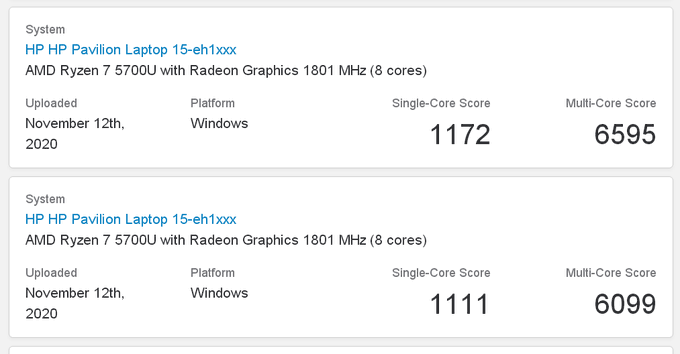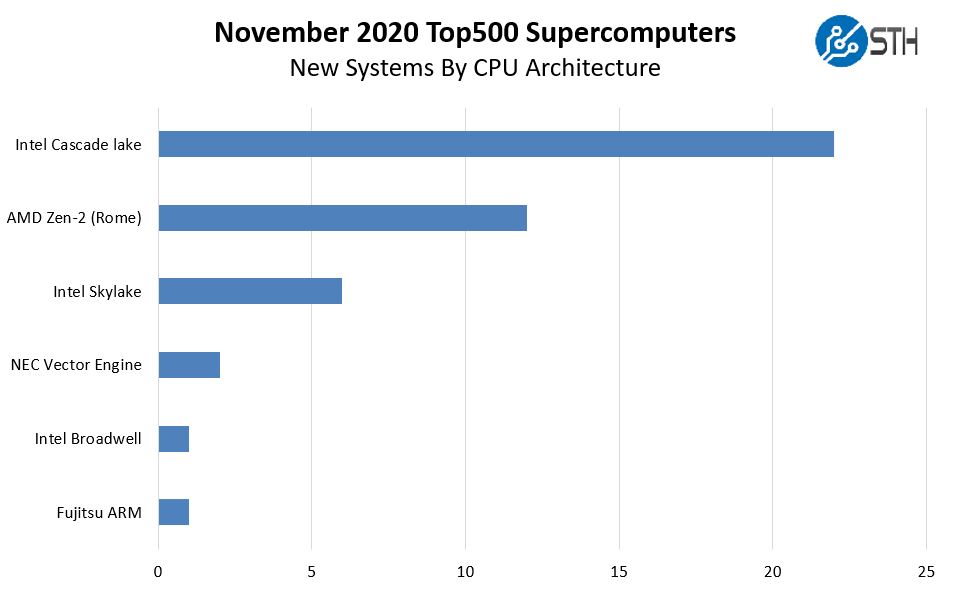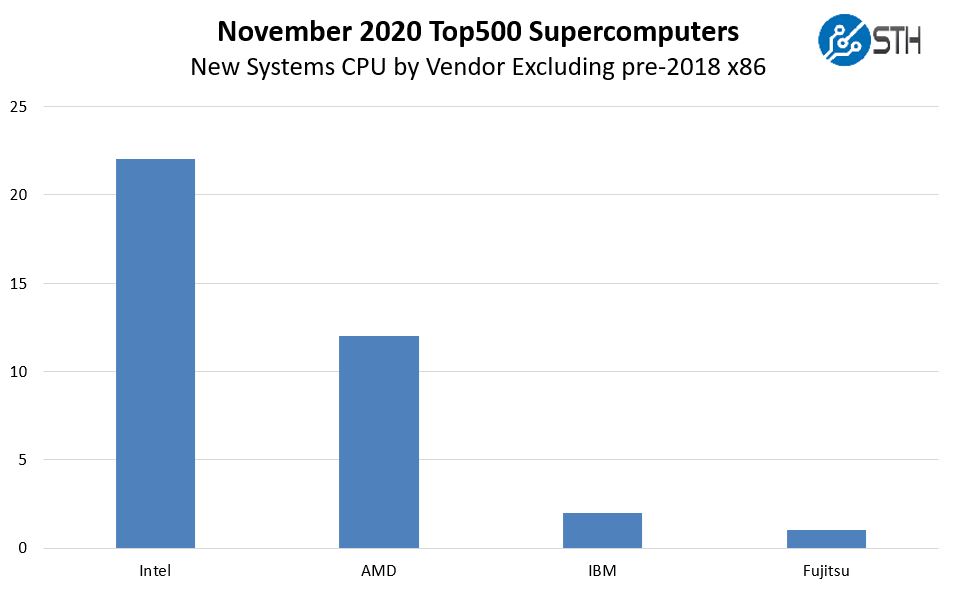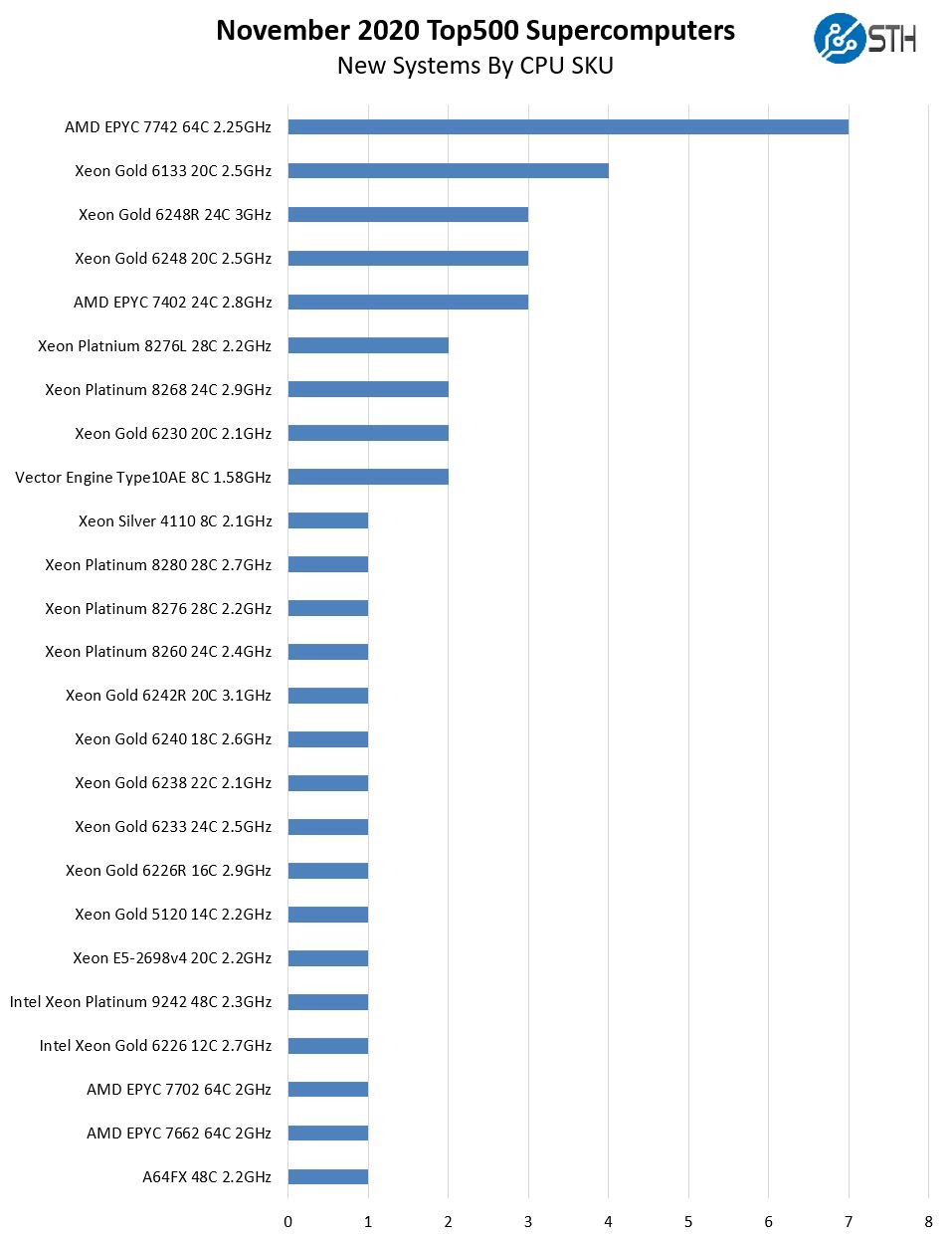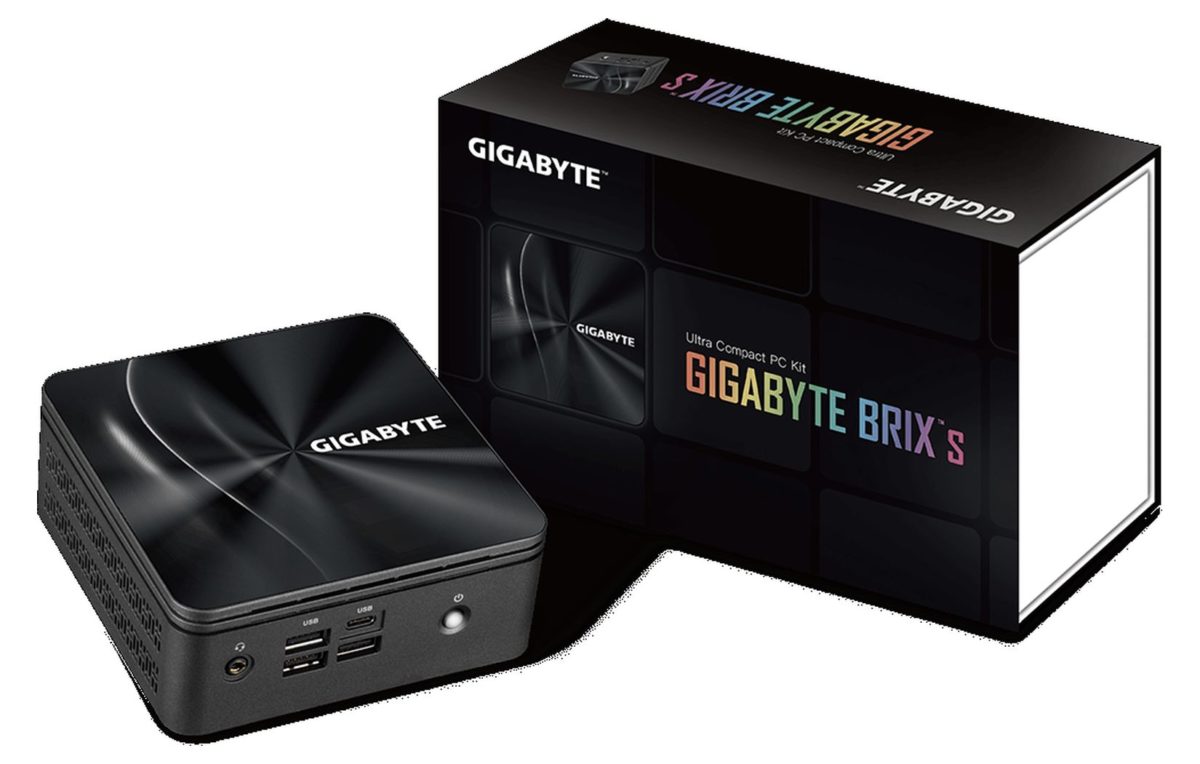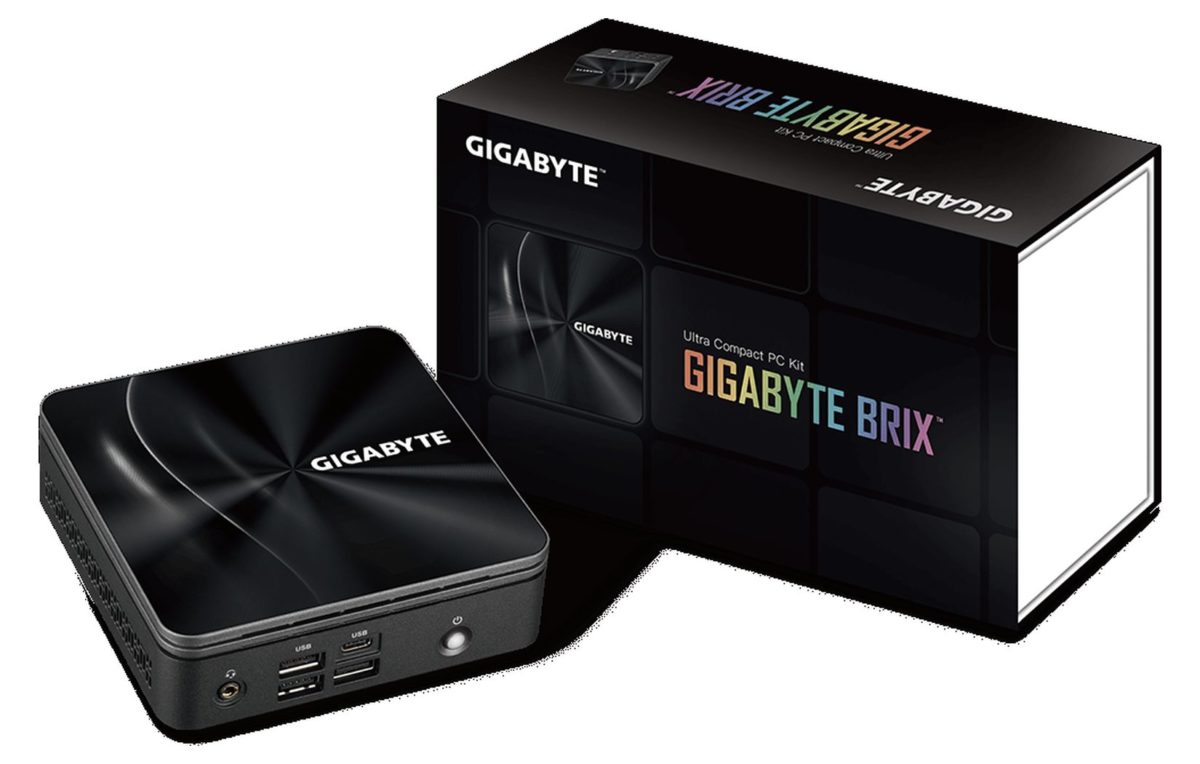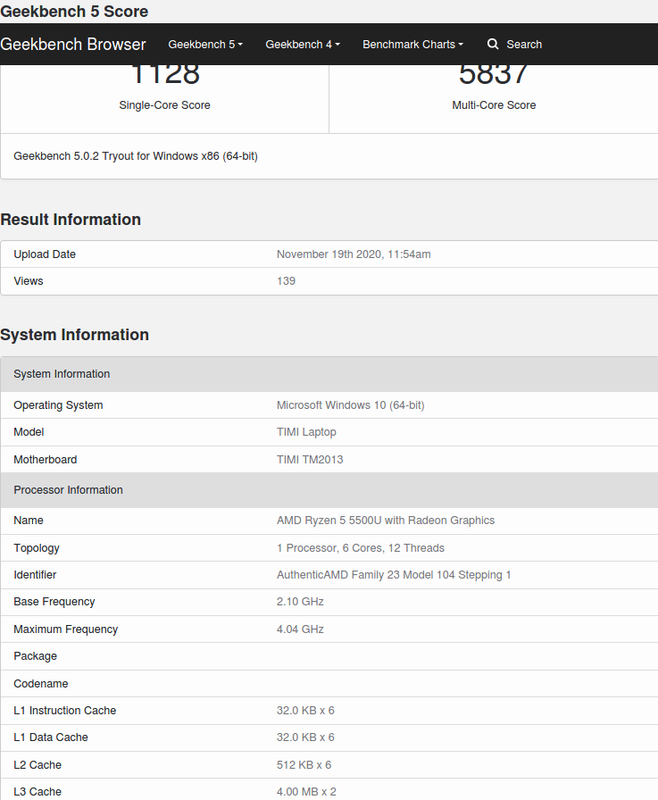Nemesis11
Power Member
E boards "baratas" e acessíveis em formato mini-itx?
Versões embedded serão mais usadas no mercado empresarial e para aplicações mais "especificas".
Seja como for, a Asrock apresentou uma board com as dimensões do NUC e pode ser que apareça em algum MiniPC deles, no mercado consumidor.




http://linuxgizmos.com/ryzen-v2000-shows-up-on-sbcs-mini-pcs-and-signage-player/

